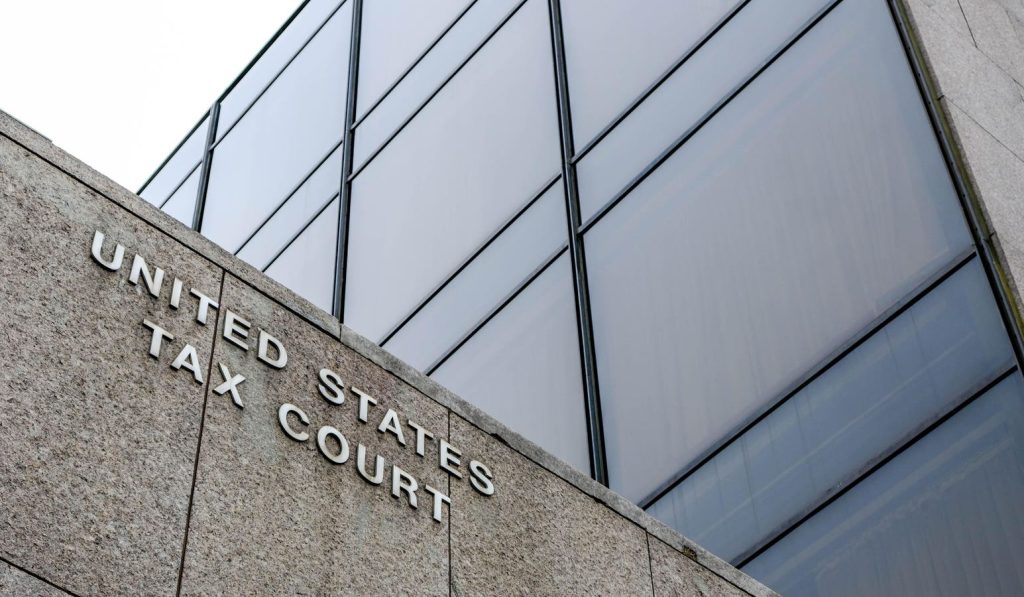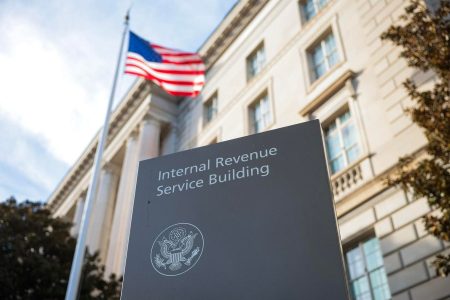The U.S. tax system operates on an annual accounting basis, requiring taxpayers to report income and expenses yearly. This system can lead to financial distortions when taxpayers experience profits in some years and losses in others. A taxpayer may have a net zero profit over two years but still be obligated to pay taxes on the profitable year due to the isolated nature of annual tax reporting. The net operating loss (NOL) deduction, codified in Section 172 of the Internal Revenue Code, provides a mechanism to address this potential inequity. NOLs allow taxpayers to offset profits in one year with losses from another, ensuring that taxes are levied on actual net income over a longer period rather than isolated annual profits.
Claiming an NOL deduction is not always straightforward. While conceptually simple, the practical application involves stringent substantiation requirements. Recent Tax Court decisions highlight the importance of meticulous record-keeping when claiming NOLs. Three cases in late 2024—Shaut v. Comm’r, Aboui v. Comm’r, and Greenblatt v. Comm’r—underscore the potential pitfalls. In each instance, the court upheld the IRS’s disallowance of NOL carryovers due to insufficient documentation from the taxpayers. Crucially, the court affirmed that simply presenting prior-year tax returns claiming the NOL is not adequate proof. These decisions serve as a stark reminder that taxpayers must be prepared to rigorously substantiate every aspect of their NOL claims.
The core lesson from these cases is that taxpayers carrying forward NOLs must be prepared to demonstrate both the existence and the precise amount of the loss. This requires not only retaining copies of the tax returns from the loss year but also preserving all supporting documentation. This includes bank statements, receipts, invoices, and any other records that validate the figures reported on the return. Essentially, taxpayers need to be able to reconstruct the entire financial picture of the loss year to satisfy IRS scrutiny. This detailed documentation is essential to successfully defend an NOL deduction against an IRS challenge.
A significant challenge for taxpayers is the extended timeframe for which these records must be retained. The typical IRS statute of limitations for assessing additional taxes is three years from the date a return is filed. However, NOL carryovers create a unique situation. Because a carryover deduction is directly linked to a prior-year loss, the IRS can challenge the original NOL amount, even if the loss year falls outside the standard three-year window. This is exemplified in cases like Brock v. Comm’r and The State Farm Co. v. Comm’r, where the IRS’s ability to reassess prior-year NOLs impacting later returns was upheld. This extended exposure underscores the critical need for long-term record retention for taxpayers utilizing NOLs.
To illustrate, consider a taxpayer who incurred a $100,000 NOL in 2018 and carries it forward, eventually using the entire deduction in 2027. If the IRS audits the 2027 return, they can legitimately demand substantiation for the 2018 NOL, despite the fact that the 2018 return falls well beyond the usual three-year statute of limitations. This scenario demonstrates how the extended reach of NOL carryovers necessitates a long-term document retention strategy. Taxpayers must anticipate the potential for IRS inquiries years down the line and retain all necessary documentation to support their NOL claims.
In conclusion, while NOLs offer a valuable mechanism for mitigating the tax burden across fluctuating income years, claiming them requires meticulous attention to substantiation requirements. Taxpayers must maintain comprehensive records not just of the returns claiming the NOL, but also of all underlying financial documents that support the claimed loss. This practice should be maintained well beyond the typical three-year statute of limitations, recognizing that the IRS can challenge the original NOL even years later if it impacts a current-year return through a carryover. The recent Tax Court decisions serve as a cautionary tale, highlighting the importance of proactive and thorough documentation for any taxpayer anticipating the use of NOL deductions. Failure to maintain adequate records can result in the disallowance of otherwise legitimate deductions, leading to increased tax liability and potential penalties.










